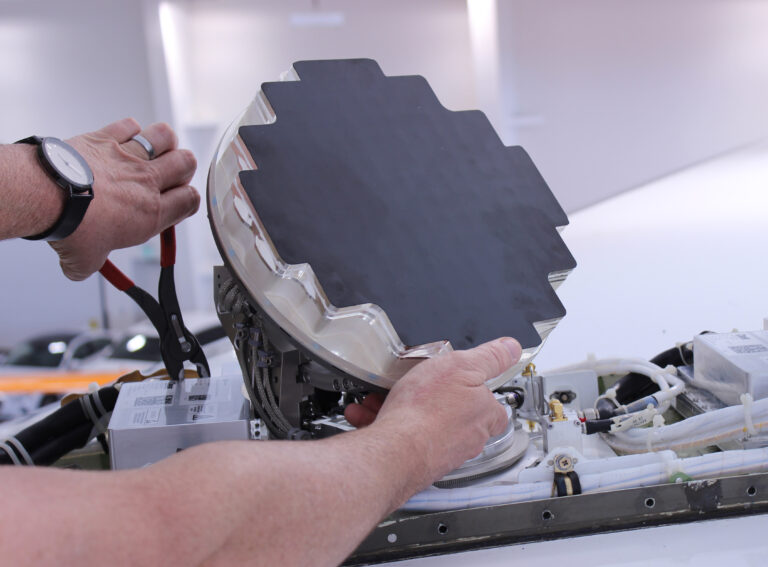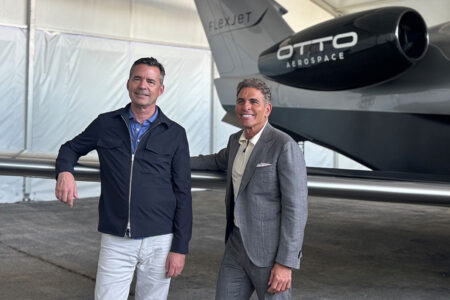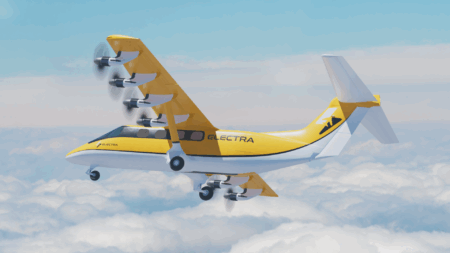Gogo has received European Union Aviation Safety Agency (EASA) supplemental type certification (STC) approvals for its Plane Simple Ka-band tail mount antenna system on Dassault Falcon 7X and 8X aircraft.
Gogo worked with Dassault Falcon Jet in Le Bourget, France, to obtain the STC modification, which has been installed on a privately owned Dassault Falcon 7X. According to Gogo, the installation complements existing onboard L-Band and SwiftBroadband solutions.
The STC gives Dassault Falcon 7X and 8X operators equipping airframes with the Plane Simple Ka-band terminal access to global connectivity powered by the Viasat next-generation Ka-band GX network. According to Gogo, the constellation optimizes satellites and terminals designed with dual polarization capability, enabling on-the-ground broadband speeds at altitude.
“With the equipping of the Plane Simple Ka-band terminal, passengers regularly flying lengthy international routes will have access to reliable, consistent high-speed connectivity to support productivity, entertainment and relaxation through all phases of the flight,” said Michael Skou Christensen, chief commercial officer at Gogo. “The Plane Simple terminals, which are purpose-built for business aviation, not only enhance onboard WiFi speeds but deliver access to the Gogo ecosystem of hardware, software, ground infrastructure, cybersecurity and award-winning 24/7/365 customer support for a best-in-class connectivity experience.”
The Gogo Plane Simple Ka-band terminal is available for installation through Dassault Falcon Jet and its Authorized Service Center network. The EASA STC covers government, executive and private aircraft, and approvals from the Federal Aviation Administration (FAA), Transport Canada Civil Aviation (TCCA) and Brazil’s National Civil Aviation Agency (ANAC) are expected to follow.
The retrofit installation requires fitting two line-replaceable units: the Plane Simple tail-mount antenna and the SDR Gateway router. According to Gogo, the system supports future upgrade pathways, and the company is receiving interest from operators in Europe and beyond seeking to enhance aircraft connectivity capabilities.





